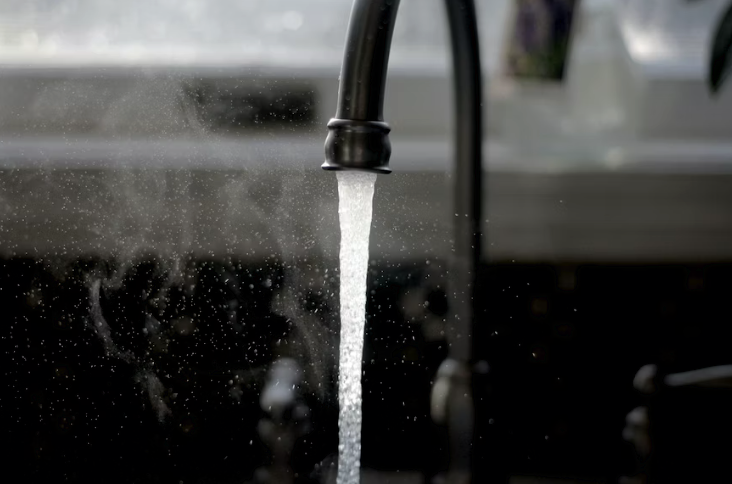Study: 'Forever Chemicals' Found in 45% of US Drinking Water
A study from the US Geological Survey (USGS) released on Wednesday shows that 45% of drinking water in the US likely contains PFAS, also referred to as "forever chemicals." The study examined samples from taps around the country between 2016 and 2021.

Facts
- A study from the US Geological Survey (USGS) released on Wednesday shows that 45% of drinking water in the US likely contains PFAS, also referred to as "forever chemicals." The study examined samples from taps around the country between 2016 and 2021.1
- PFAS are a group of thousands of chemicals that "bioaccumulate" instead of breaking down over time and have been linked to ailments such as kidney and testicular cancer, thyroid disease, and high cholesterol.2
- Federal and state water testing typically examines PFAS at wastewater treatment or groundwater testing sites, while the USGS study looked at PFAS at 716 taps in houses, offices, and schools. The sites tested include areas with no identified sources of PFAS, as well as locations using private wells.1
- The areas with the highest concentrations of PFAS are the Great Plains, the Great Lakes, the Eastern Seaboard, and Central/Southern California, the study says, with levels comparable between well water and public supply. Areas in proximity to PFAS-producing industries also had high levels of contamination.3
- 75% of water in urban areas tested positive for forever chemicals, compared to a 25% rate of detection in rural areas. Of the 32 kinds of forever chemicals tested for, levels "in every sample" that detected PFAS exceeded interim Environmental Protection Agency (EPA) guidelines, which were released in March.4
- The EPA proposed limits on six types of PFAS in drinking water for the first time in March, with a final decision expected by 2024 at the latest. In June 2022, the EPA issued a health advisory that warned that PFAS are more harmful to humans than previously thought, as a 2019 study purported to find PFAS in 98% of the US population.3
Sources: 1Associated Press, 2The Hill, 3CNN, and 4USA Today.
Narratives
- Narrative A, as provided by CBC. We are witnessing an environmental and health disaster unfold in real time as more revelations about the deleterious effects of PFAS become known to the public. Polluting industries obfuscated the horrifying reach of their products, which include our own bloodstreams. We are due for a reckoning over the extent of corporate greed and negligence, and we need to mobilize our resources to mitigate the effects of PFAS asap and punish those responsible for their proliferation.
- Narrative B, as provided by Bloomberg. The push to clean up "forever chemicals" benefits from a scary name and compelling narrative of corporate greed, but PFAS are far from the most dangerous pollutant in our water supply. In most areas, disinfection byproducts are 1K times more prevalent and more toxic than PFAS but receive little mainstream attention. As concern over PFAS reaches a fever pitch, we risk diverting limited resources from the myriad of other, more realistic threats to our drinking water.






